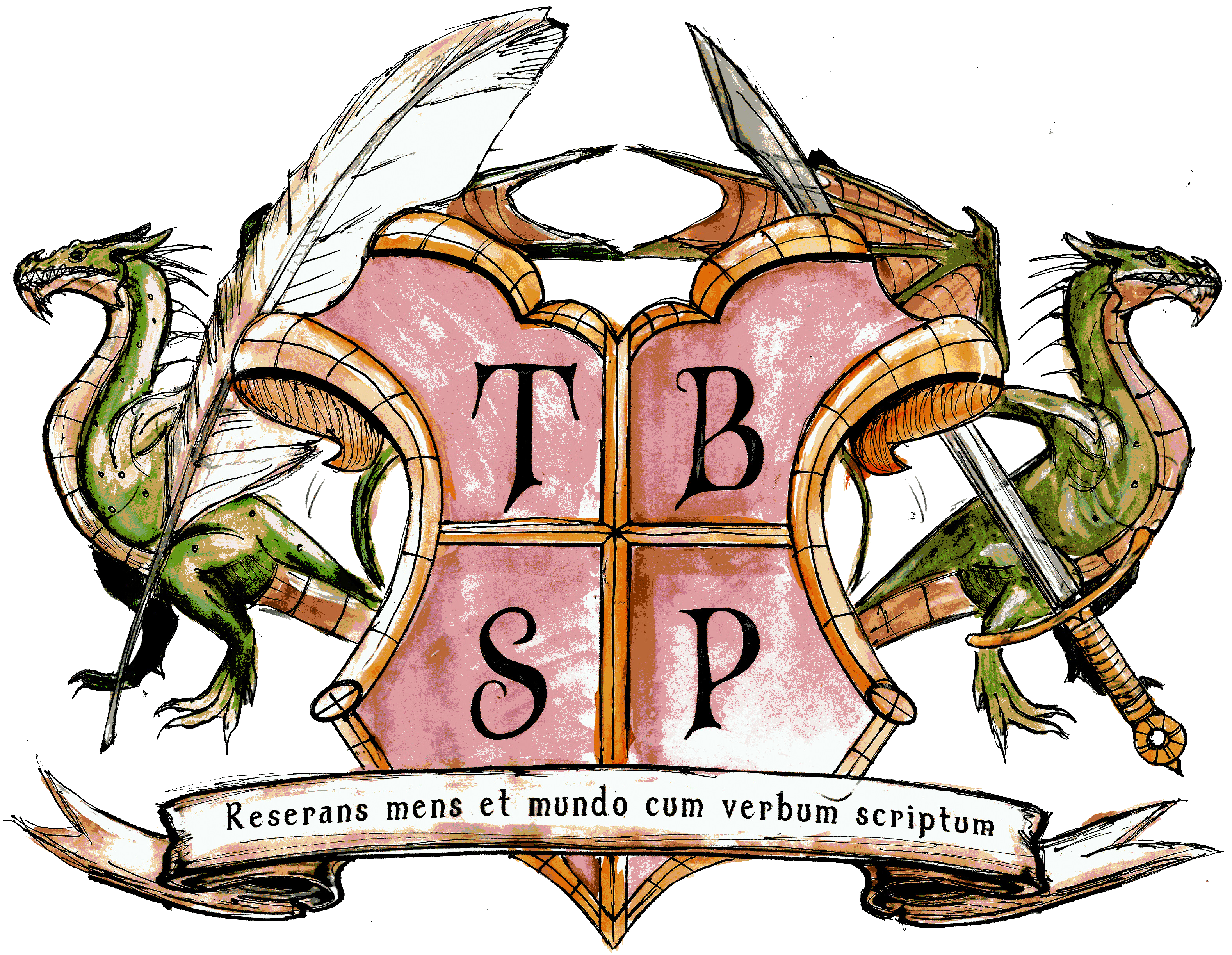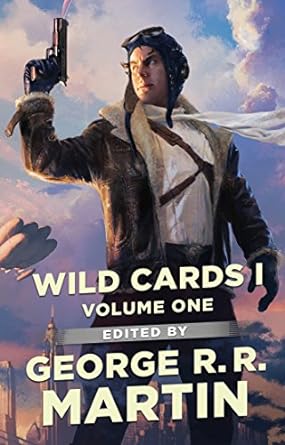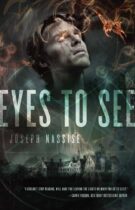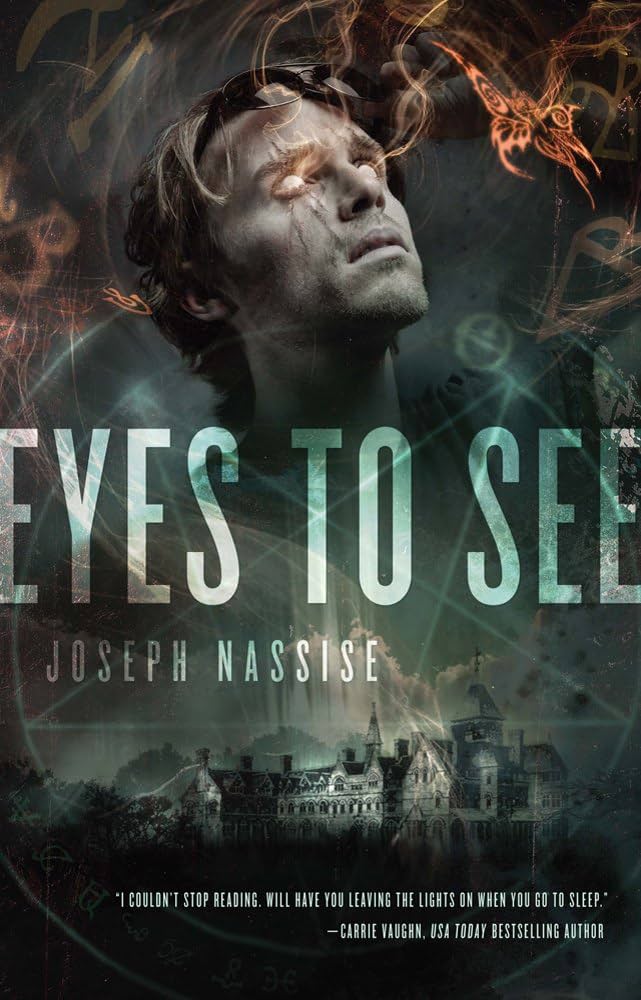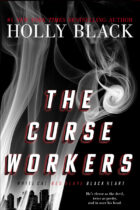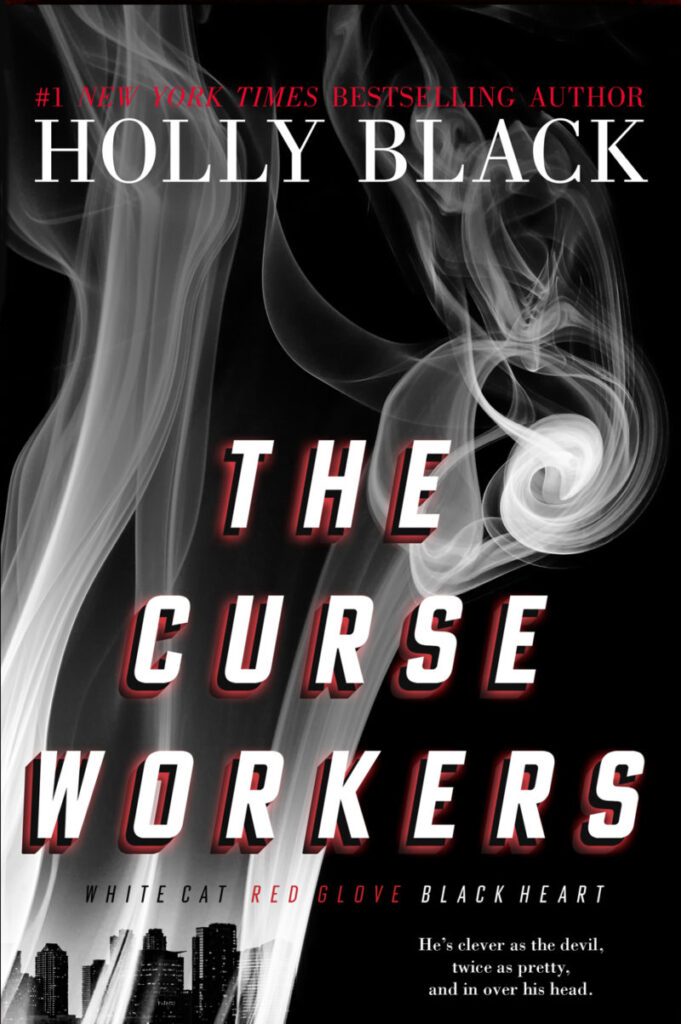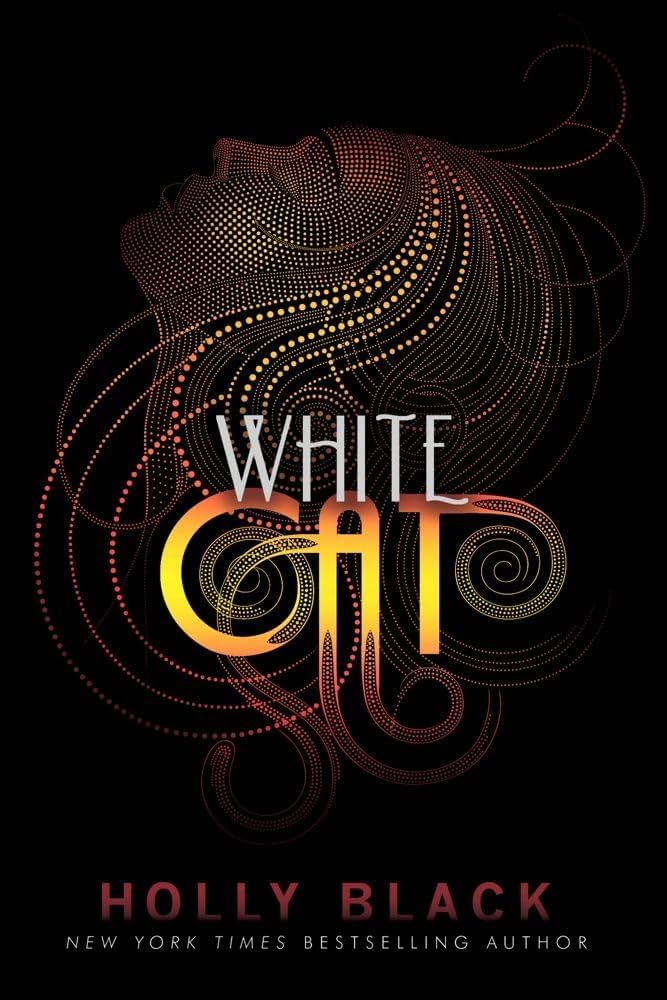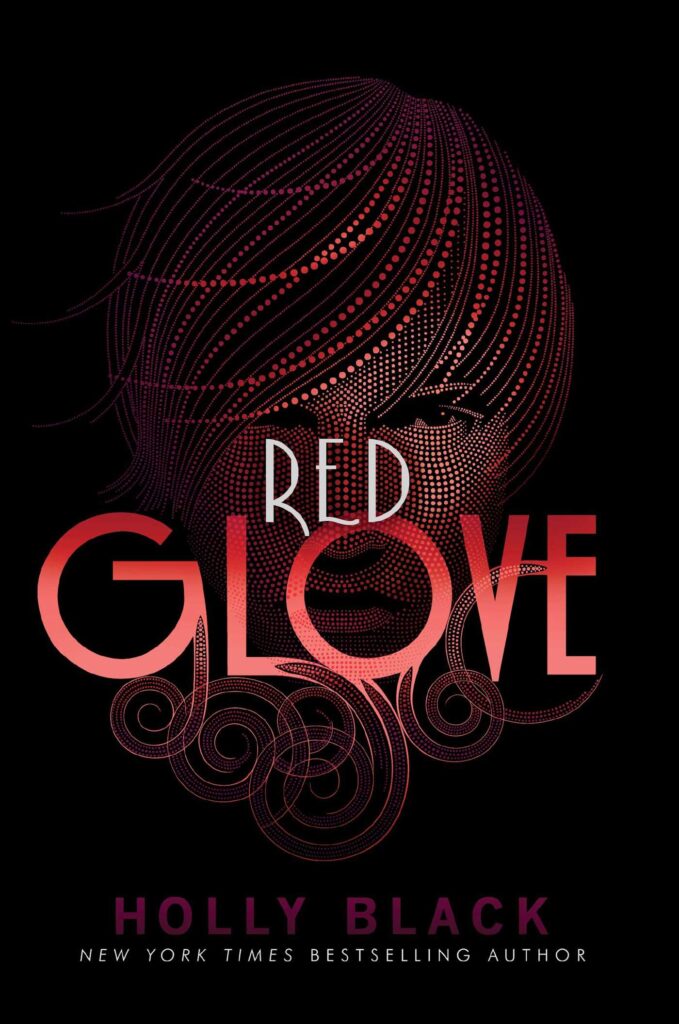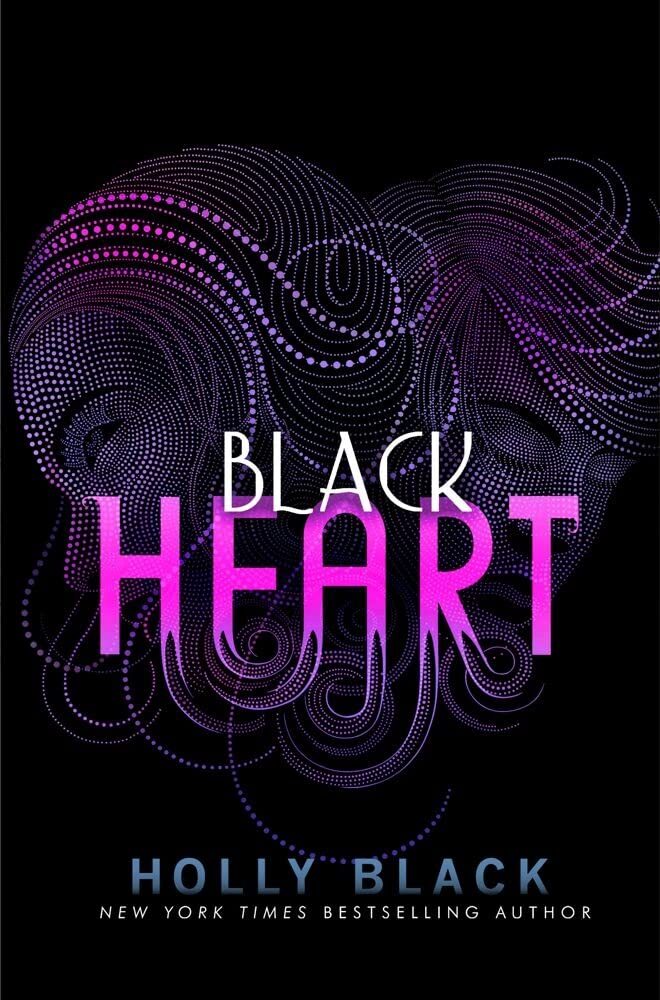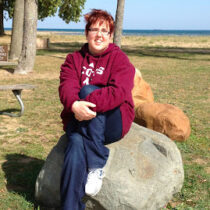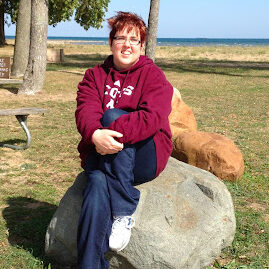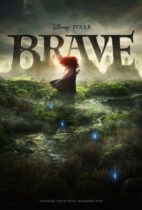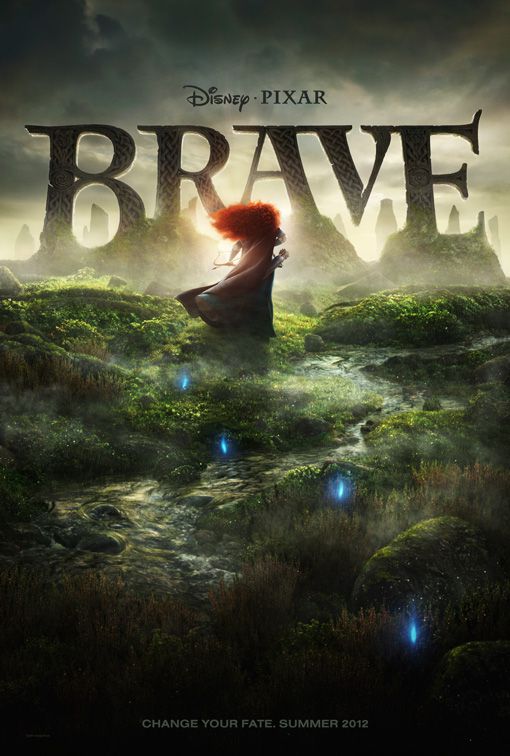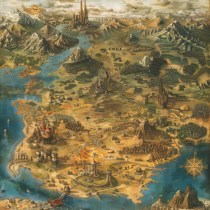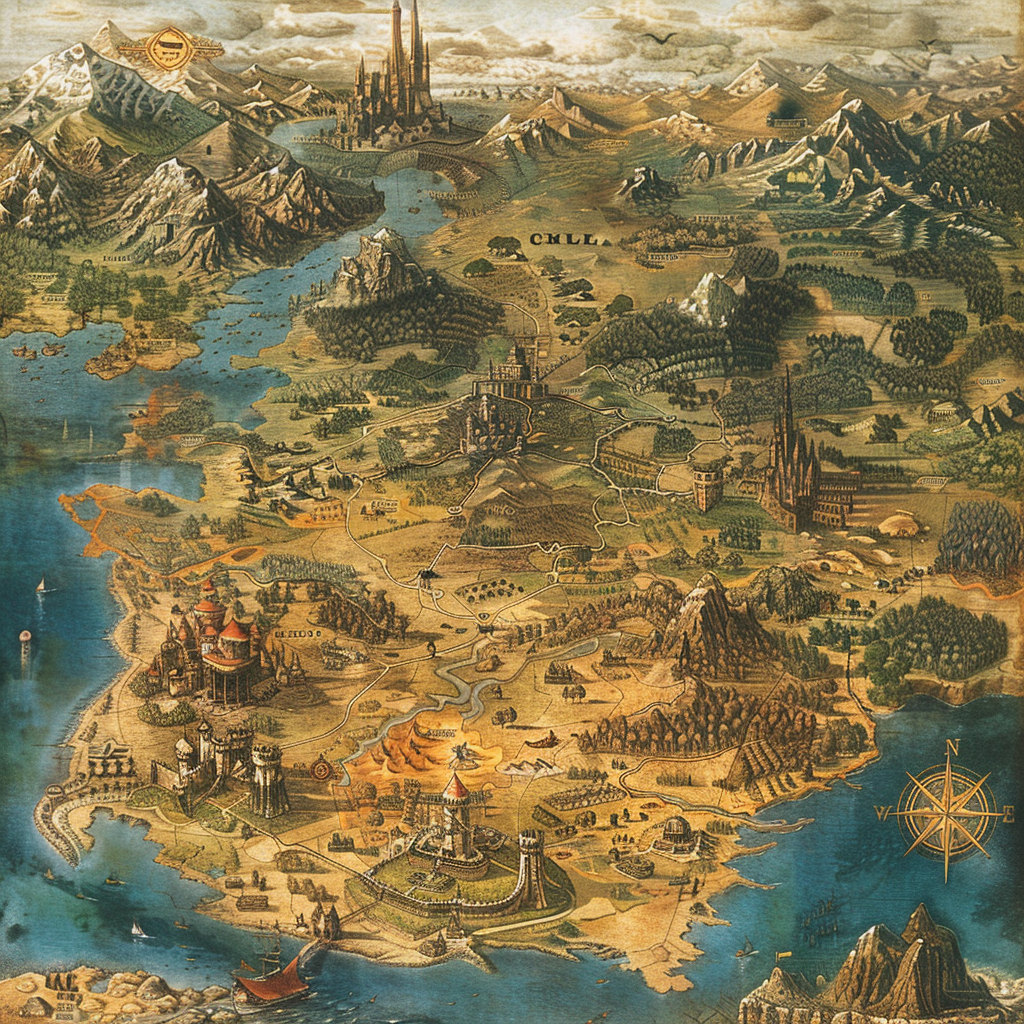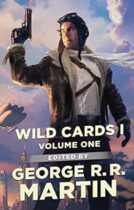
Book Spotlight: Wild Cards I, Expanded Edition by George R. R. Martin (et al)
WELCOME back, Beardies!
After being out of print for a decade, the first volume of George RR Martin’s Wild Cards series is back—expanded with new, original material.
{—PREMISE—}
THERE is a secret history of the world—a history in which an alien virus struck the Earth in the aftermath of World War II, endowing a handful of survivors with extraordinary powers. Some were called Aces—those with superhuman mental and physical abilities. Others were termed Jokers—cursed with bizarre mental or physical disabilities. Some turned their talents to the service of humanity. Others used their powers for evil. Wild Cards is their story. {Source: Goodreads}
{—GEMS FOR WRITERS—}
1. COLLABORATIVE WRITING...
THIRTEEN writers, including George R.R. Martin, Roger Zelazny, Melinda M. Snodgrass, and Carrie Vaughn, contribute thirteen tales and five interludes that tell the story of two generations of humanity who suffer the effects of the xenovirus, spanning forty years of cultural history. Choreographing and writing this book must have been an enormous undertaking. Each author had his or her era on the timeline to illustrate through the eyes of those changed forever by the virus. The characters they created for one story might later crop up later in someone else’s. The most colorful of these is Dr. Tachyon, the alien who tried to stop the virus’s release and failed. In “Degradation Rites,” Snodgrass writes of his initial attempts to treat the virus’s victims and his persecution under McCarthy’s trials in the 50s. Martin later explores his deep depression after years of believing himself a failure in “Shell Games.” The doctor’s recovery is seen intertwined in later stories, from his founding a hospital for the virus’s victims to his reputation as a dashing celebrity during the glittering “glam” era of the 70s.
2. ALTERNATE HISTORY...
WHEN the xenovirus is released over Manhattan in September 1946, everything changes. The course of events we read about in our history books has been altered, subtly or enormously. In “The Witness,” aces, with their stunning abilities, are initially viewed as superheroes who employ their abilities to remedy crises and shape revolutions around the world, but their efforts backfire. While slums for deformed jokers crop up, McCarthy hunts down aces as well as suspected Communists. The resulting scare echoes throughout the glamorous Hollywood of the 1950s in “Captain Cathode and the Secret Ace.” But a changing generation protests the government’s way of drafting jokers for the front lines in Vietnam and finds heroes again in aces as the Lizard King rocks the psychedelic scene of the 60s in “Transfiguations.” Then, by the 1980s club scene, explored in “Ghost Girl Takes Manhattan,” the new thrill is to sneak into Jokertown where glitter and danger walk hand in hand.
{—RATING—}
{—CONCLUSION—}
A thought-provoking and entertaining read, Wild Cards I may be most accessible to readers who are familiar with events and culture during the last half of the 20th Century. Even so, the bizarre elements in this book should be enough to intrigue a good many sci-fi readers and capture another generation of Wild Cards fans.
Thanks for stopping by, Beardies! Until next time, read, write, live, love!
***Wild Cards I: Expanded Edition (2010) edited by George R. R. Martin, published by and copyright Tor Books (Tom Doherty Associates, LLC).
Editors Note: Please check out an alternate version of this review on Court’s Blog!
